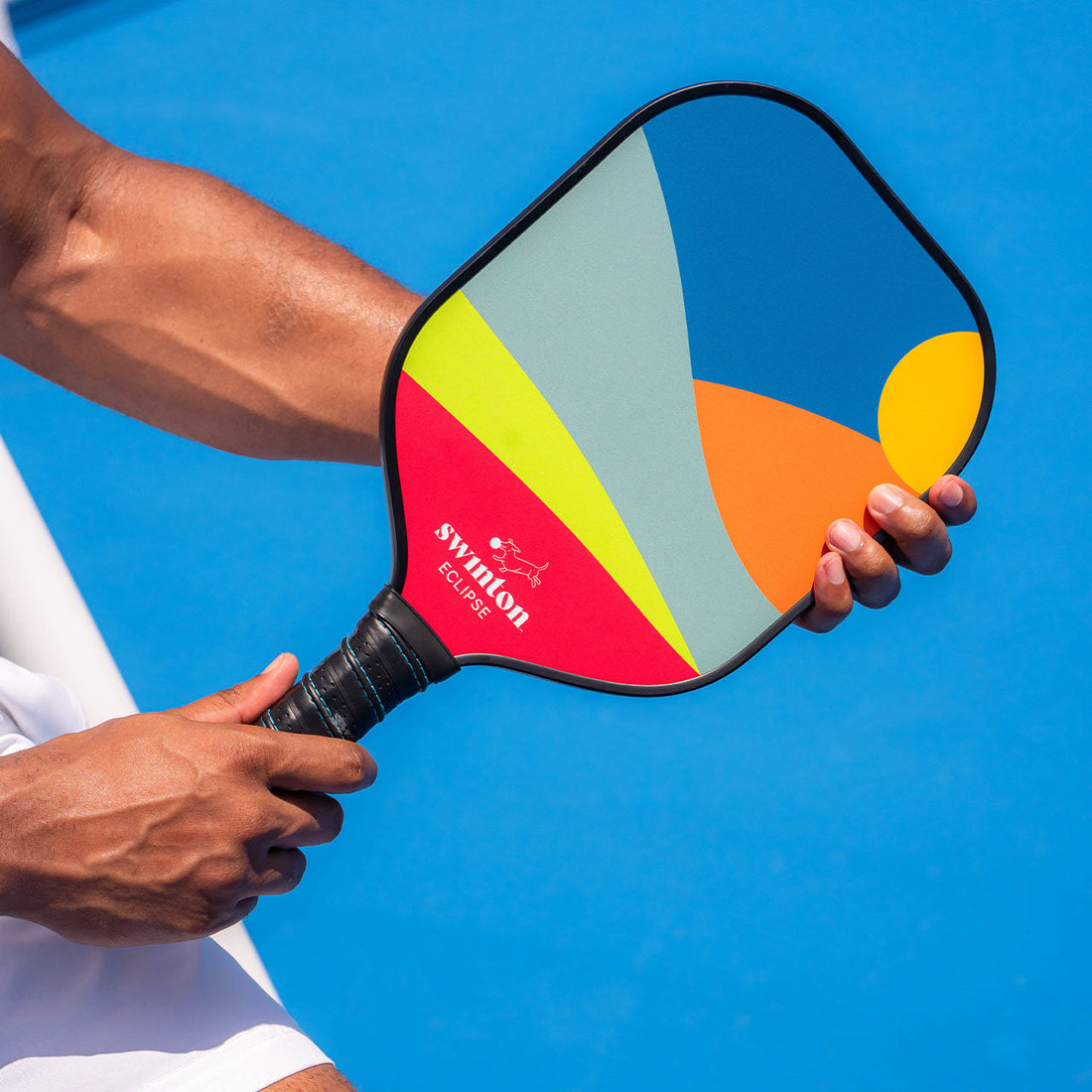Choosing the right pickleball paddle can greatly influence your game. Just like the correct shoes can enhance comfort and performance in running, the perfect paddle becomes an extension of the player on the court. Yet, for many players, understanding when and why a paddle might not be performing optimally can be confusing. A paddle with a crack or one that's lost its grip can mean the difference between a winning shot and a frustrating miss. That's why knowing how to troubleshoot common paddle issues is key.
Many pickleball enthusiasts face paddle problems without even realizing it. Whether it's minor wear and tear affecting your swing or significant damages from regular play, addressing these issues early can save you a lot of trouble. Learning to recognize when your paddle needs a tweak or an update will help keep your game on point, making every match more enjoyable and satisfying.
How to Identify When Your Paddle Needs Troubleshooting
Knowing when something's wrong with your pickleball paddle isn't always obvious, but there are some clear signs to watch out for:
- Your grip feels loose or slippery.
- There's visible chipping or cracking in the paddle.
- The paddle has lost its original pop or bounce.
- You hear unusual sounds when the ball contacts the paddle.
These symptoms might seem minor at first, but they can significantly affect your performance. For example, a loose grip not only makes controlling the ball difficult but also increases the risk of the paddle slipping during play. Addressing these problems early ensures that your paddle remains in top condition. Understanding these common complaints will help you quickly identify when it's time for an adjustment or a new paddle. This proactive approach keeps your game sharp and allows you to focus on improving your skills rather than dealing with equipment issues.
Fixing Cracked or Damaged Paddles
Once you've determined there's an issue, fixing a cracked or damaged paddle becomes the next step. Follow these simple steps to handle minor cracks or damages:
1. Inspect the paddle carefully, noting any cracks or splits.
2. Clean the affected area to remove dust and debris.
3. Use a paddle repair kit to seal the crack. Be sure to follow the kit's instructions for the best results.
In some cases, a replacement might be necessary. If the damage is extensive or impacts performance significantly, investing in a new paddle might be the smarter choice. Remember, a paddle in good shape not only lasts longer but also performs better, helping you enjoy the game to its fullest.
Addressing Poor Paddle Performance
Over time, a paddle's performance can start lagging, which might throw off your game. The main culprits usually include wear and tear that affect the balance or grip of your paddle. Here's how you can tackle these issues effectively:
1. Check for Wear and Tear: Regularly inspect your paddle for any signs of fraying or worn edges. Repeated use can lead to gradual damage, so it's important to catch these issues early.
2. Enhance Your Grip: A slippery grip can cause mishits and accidents on the court. Consider adding an overgrip to enhance control and comfort. These grips are easy to wrap around the existing one and can be replaced as needed.
3. Balance Adjustments: If your paddle feels off during swings, test its balance by holding it at different points on the handle. Sometimes shifting your grip or adding a weight strip can restore proper balance.
Ensuring your paddle is up to par goes a long way in preventing unexpected drawbacks during matches. Paying attention to these small details can vastly improve your playing experience and keep you in the game longer.
Maintaining Your Pickleball Paddle for Longevity
Proper maintenance is key to keeping your pickleball paddle in top condition. By investing a little time in regular upkeep, you can extend the life of your paddle significantly and maintain its performance level. Here are some routine care tips:
- Clean Regularly: Wipe down your paddle with a damp cloth after each use to remove sweat and dirt. Avoid using harsh chemicals that can degrade the materials.
- Store Properly: Keep your paddle in a cool, dry place. Excessive heat or moisture can warp the paddle and damage its surface.
- Use a Protective Cover: A cover can shield your paddle from scratches and knocks when it's not in use, especially during transport.
- Monitor the Grip: The grip is often the first area to show wear. Check it regularly and replace or rewrap when it starts feeling loose or uncomfortable.
Regular maintenance doesn't just protect your paddle; it ensures that every game you play is at your fullest potential. By taking these small steps, you get the most out of your equipment, keeping it in playing shape and extending its usefulness well beyond expectations.
Ensuring Your Paddle Is Game-Ready
Taking care of your pickleball paddle isn't just about fixing problems; it's about preventing them. By being proactive with inspections, repairs, and maintenance, you can ensure your paddle is always ready to support your best game. Consistency in care pays off, not only by preserving your investment but by enhancing your confidence on the court.
Whether it's upgrading grips for better handling or knowing when it's time to look for replacements, staying informed and attentive to your paddle's condition will make you a more prepared and effective player. Remember, a well-maintained paddle reflects your commitment to the sport and your passion for playing it well. Keeping your equipment in prime condition means fewer surprises and more enjoyment in every match.
Looking to upgrade your game with the right equipment? Explore the wide selection of pickleball paddles available at Swinton Pickleball. Whether you're addressing a current paddle issue or aiming for a performance boost, having the right paddle can make all the difference in your play. Find the option that fits your style and keeps you performing at your best.

